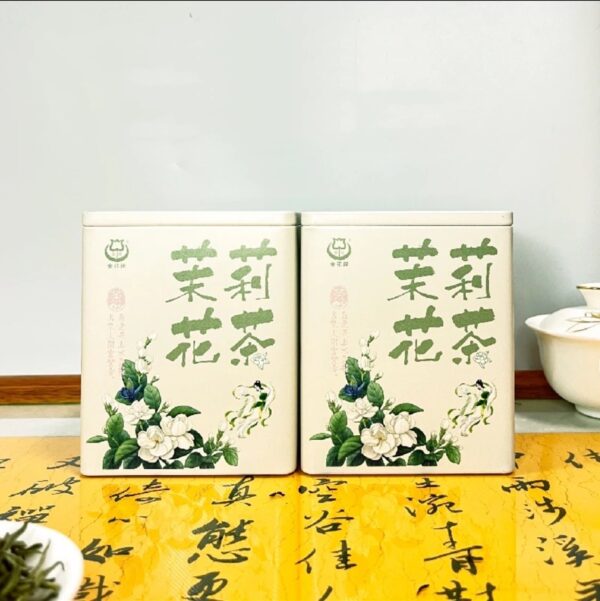
# Jasmine Tea: A Fragrant Journey Through Flavor and Tradition
The Origins of Jasmine Tea
Jasmine tea has been enchanting tea drinkers for centuries with its delicate floral aroma and soothing taste. This fragrant beverage originated in China during the Song Dynasty (960-1279 AD), where tea makers discovered the art of scenting tea leaves with fresh jasmine blossoms. The process was perfected in Fujian province, which remains one of the primary production centers for high-quality jasmine tea today.
The Art of Scenting Tea
Creating authentic jasmine tea is a labor-intensive process that requires patience and precision. Tea leaves, typically green or white tea, are harvested in spring and stored until summer when jasmine flowers bloom. At night, when the jasmine blossoms open and release their strongest fragrance, workers layer the tea leaves with fresh flowers. This scenting process may be repeated several times over consecutive nights to achieve the desired intensity of aroma.
Traditional Production Methods
There are two main traditional methods for making jasmine tea:
Keyword: jasmine tea
- Layer Method: Alternating layers of tea leaves and jasmine flowers
- Mix Method: Combining tea leaves and flowers together in a rotating drum
Health Benefits of Jasmine Tea
Beyond its delightful taste, jasmine tea offers numerous health benefits:
The base tea (usually green tea) provides antioxidants that may help reduce inflammation and lower the risk of chronic diseases. The jasmine flowers themselves contain compounds that may:
- Promote relaxation and reduce stress
- Support digestive health
- Boost immune function
- Improve oral health
Brewing the Perfect Cup
To fully appreciate jasmine tea’s complex flavors, proper brewing is essential:
- Use fresh, filtered water heated to 175-185°F (80-85°C)
- Measure 1 teaspoon of tea leaves per 8 oz cup
- Steep for 2-3 minutes (adjust to taste preference)
- Enjoy plain to appreciate the natural flavors
Cultural Significance
In Chinese culture, jasmine tea holds special meaning. The jasmine flower symbolizes purity, elegance, and the arrival of summer. Serving jasmine tea to guests represents hospitality and respect. The tea plays an important role in traditional ceremonies and is often served at weddings as a symbol of sweet love and happiness.
Modern Variations
While traditional jasmine tea remains popular, modern variations have emerged:
- Jasmine pearl tea (hand-rolled leaves)
- Jasmine-scented black tea
- Cold-brew jasmine tea
- Jasmine tea lattes
Whether enjoyed in its classic form or as part of contemporary creations, jasmine tea continues to captivate tea lovers worldwide with its harmonious blend of floral sweetness and tea’s natural character.